Hola de nuevo, queridos!
Hi again, my dear!
Para todos es sabido que la luna es el satélite que orbita alrededor de la tierra. Se cree que su origen se debe a un cuerpo rocoso que chocó contra el planeta y se formó de sus escombros... Existen cuatro (4) fases lunares: Luna creciente o fase de crecimiento, luna menguante o fase de disminución, luna llena o plenilunio y, luna nueva o novilunio (cuando no la podemos ver) relacionadas con su posición, los movimientos orbitales de la tierra y la estrella solar.
Everyone knows that the moon is the satellite that orbits the earth. It is believed that its origin is due to a rocky body that crashed into the planet and formed from its debris... There are four (4) lunar phases: crescent moon or growth phase, waning moon or diminution phase, full moon or pleniluniun and, new moon or novilunium (when we cannot see it) related to its position, the orbital movements of the earth and the solar star.
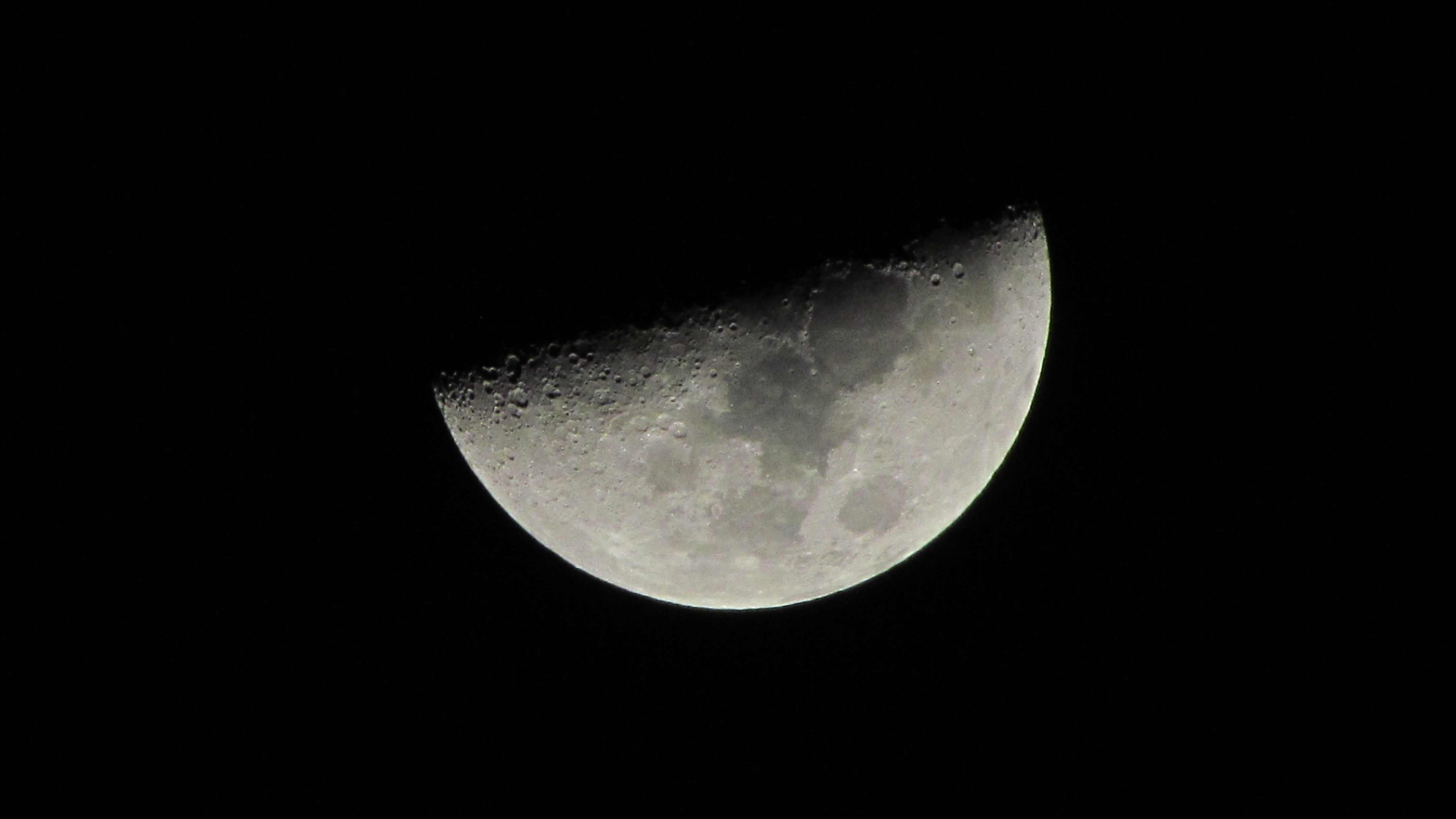
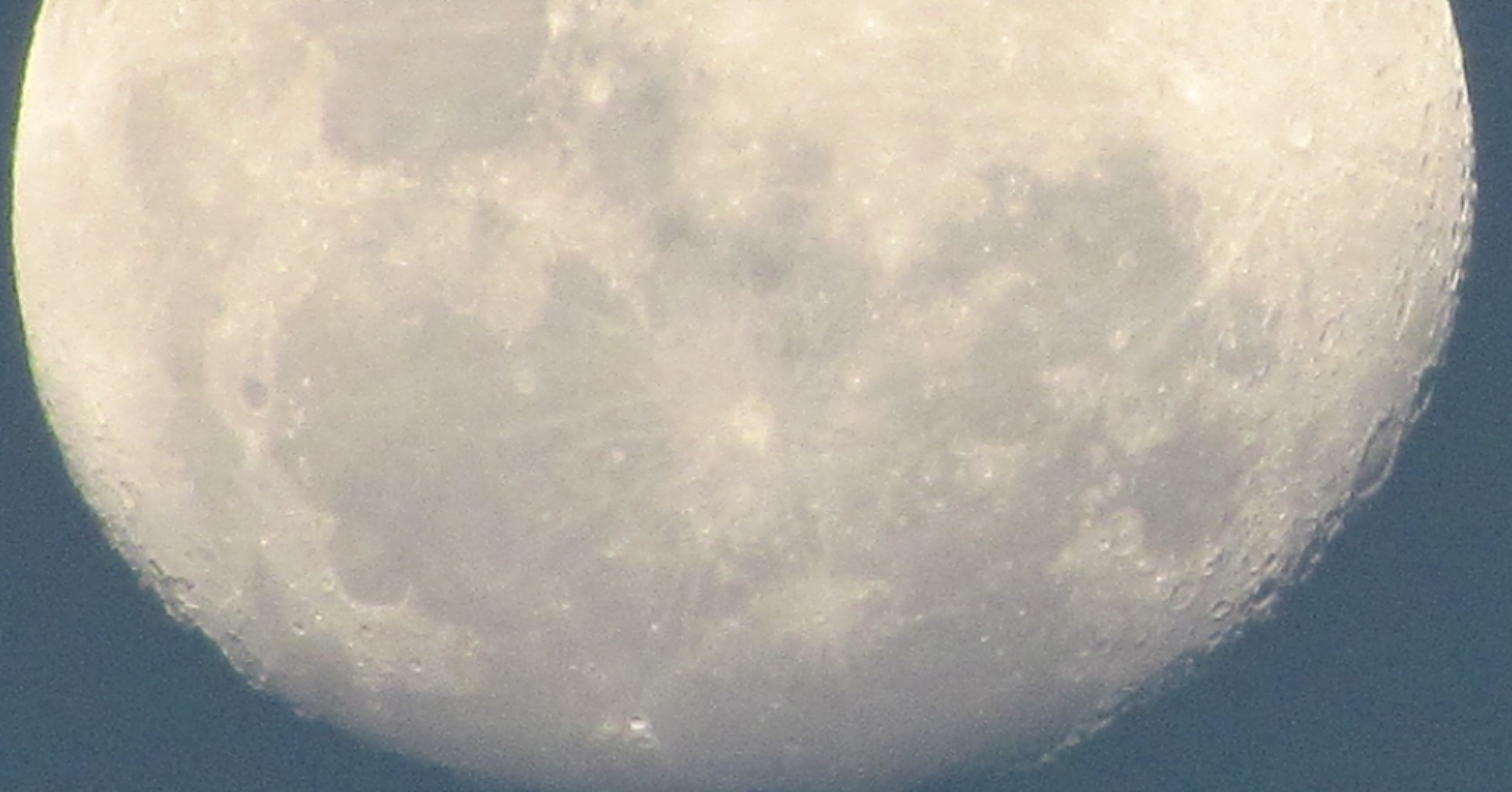
En la mitología egipcia la luna tenía importancia y su propio Dios: Jonsu el magnánimo que formaba parte de la tríada junto a sus padres Amón y Mut. Su nombre representa la placenta que envolvía al rey protegiéndolo del seno materno. Otros significados: "el que atraviesa" o "el viajero" (el dios que recorre el cielo en la noche), el "dios que espanta a los espíritus malignos". En su aspecto celeste también se le conoce como el dios Horus.
In Egyptian mythology the moon had importance and its own God: Jonsu the magnanimous who was part of the triad with his parents Amun and Mut. Its name represents the placenta that enveloped the king protecting him from the mother’s womb. Other meanings: "he who traverses" or "the traveler" (the god who travels the sky in the night), the "god who frightens evil spirits". In his heavenly aspect he is also known as the god Horus.
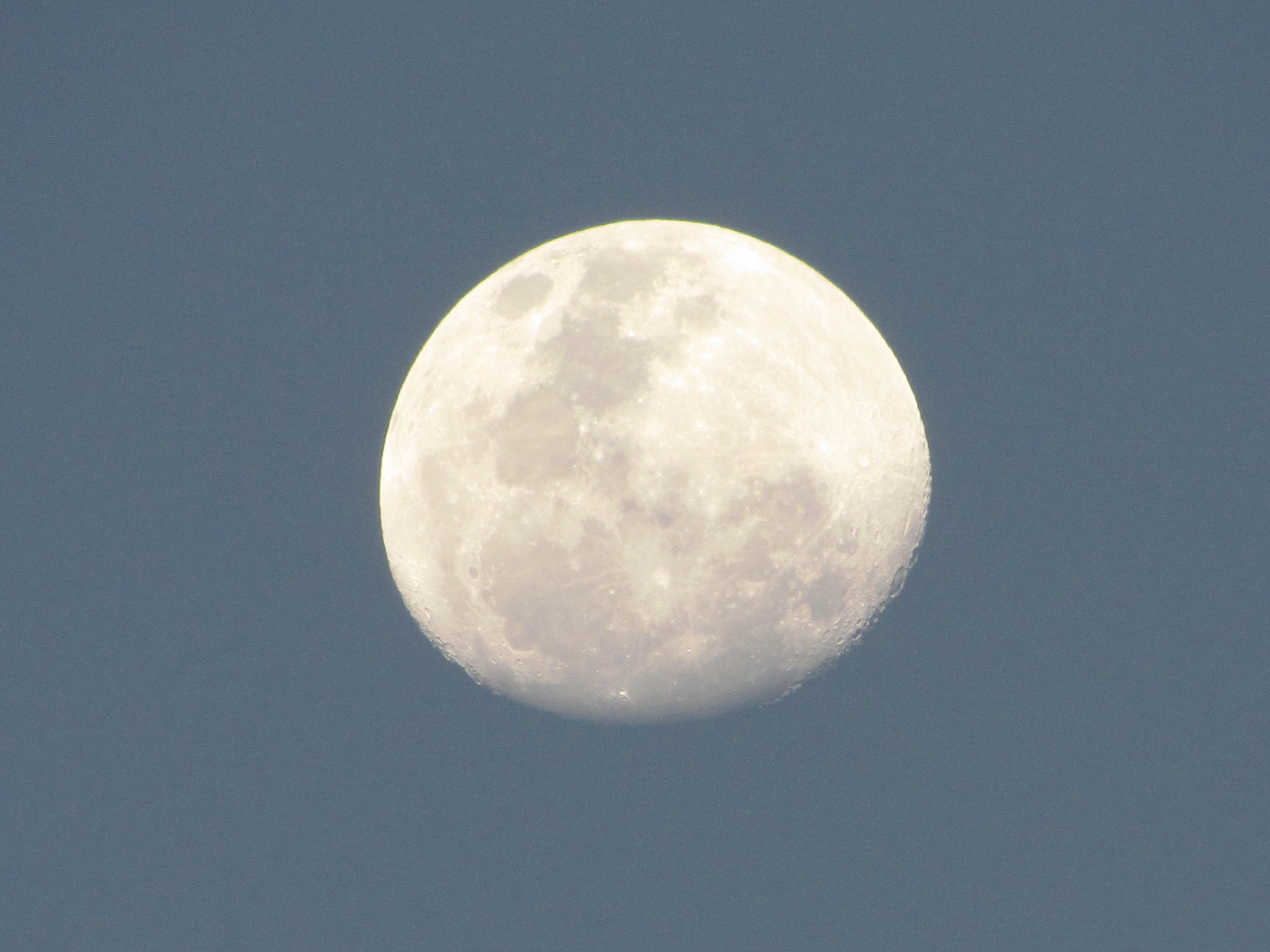
En la mitología griega, Selene, hija de los titanes Hiperión y Tea. Su nombre significa Luz. Se le representa como una mujer muy hermosa, de rostro pálido, conduciendo un carruaje por los cielos nocturnos, portando en sus manos una antorcha y, sobre su cabeza, una media luna. Es la protectora de la noche y es conocida también como Artemisa (hermana gemela de Apolo), Diana, Phoebe y/o Cynthia.
In Greek mythology, Selene, daughter of the Titans Hyperion and Tea. Her name means Light. She is depicted as a very beautiful woman, with a pale face, driving a carriage through the night skies, carrying in her hands a torch and, on her head, a crescent moon. She is the protector of the night and is also known as Artemis (twin sister of Apollo), Diana, Phoebe and/or Cynthia.
En la mitología romana la diosa luna era una deidad menor que formaba parte de una triada de diosas junto a Hetake ,diosa del inframundo, de la magia y la brujería, y Diana, diosa de la caza. Más tarde, Diana pasa a ser la diosa de la luna, suplantando a luna, debido a su fuerza, belleza y habilidades.
In Roman mythology the moon goddess was a minor deity who was part of a triad of goddesses alongside Hetake , goddess of the underworld, of magic and witchcraft, and Diana, goddess of hunting. Later, Diana becomes the moon goddess, impersonating the moon, due to her strength, beauty and abilities.
El mito lunar en China se cuenta en dos relatos distintos en los que aparece Chang Xi (Aliento Permanente) y Chang E (Siempre Sublime). Aliento Permanente creó las doce lunas de la zona salvaje occidental, cerca del monte Solluna. Ella crió a sus hijos lunares bañándolos tras su viaje nocturno por el cielo. La segunda historia cuenta cómo Siempre Sublime era la consorte del dios cazador, el arquero Yi, que salvó al mundo de la conflagración solar. Ella robó su elixir de la inmortalidad, comió un poco, y fue transportada a la luna como diosa.
The lunar myth in China is told in two different accounts in which Chang Xi (Permanent Breath) and Chang E (Always Sublime) appear. Permanent Breath created the twelve moons of the western wilderness, near Mount Solluna. She raised her lunar children by bathing them after their night trip through the sky. The second story tells how Ever Sublime was the consort of the hunting god, the archer Yi, who saved the world from the solar conflagration. She stole her immortality elixir, ate a little, and was transported to the moon as a goddess.
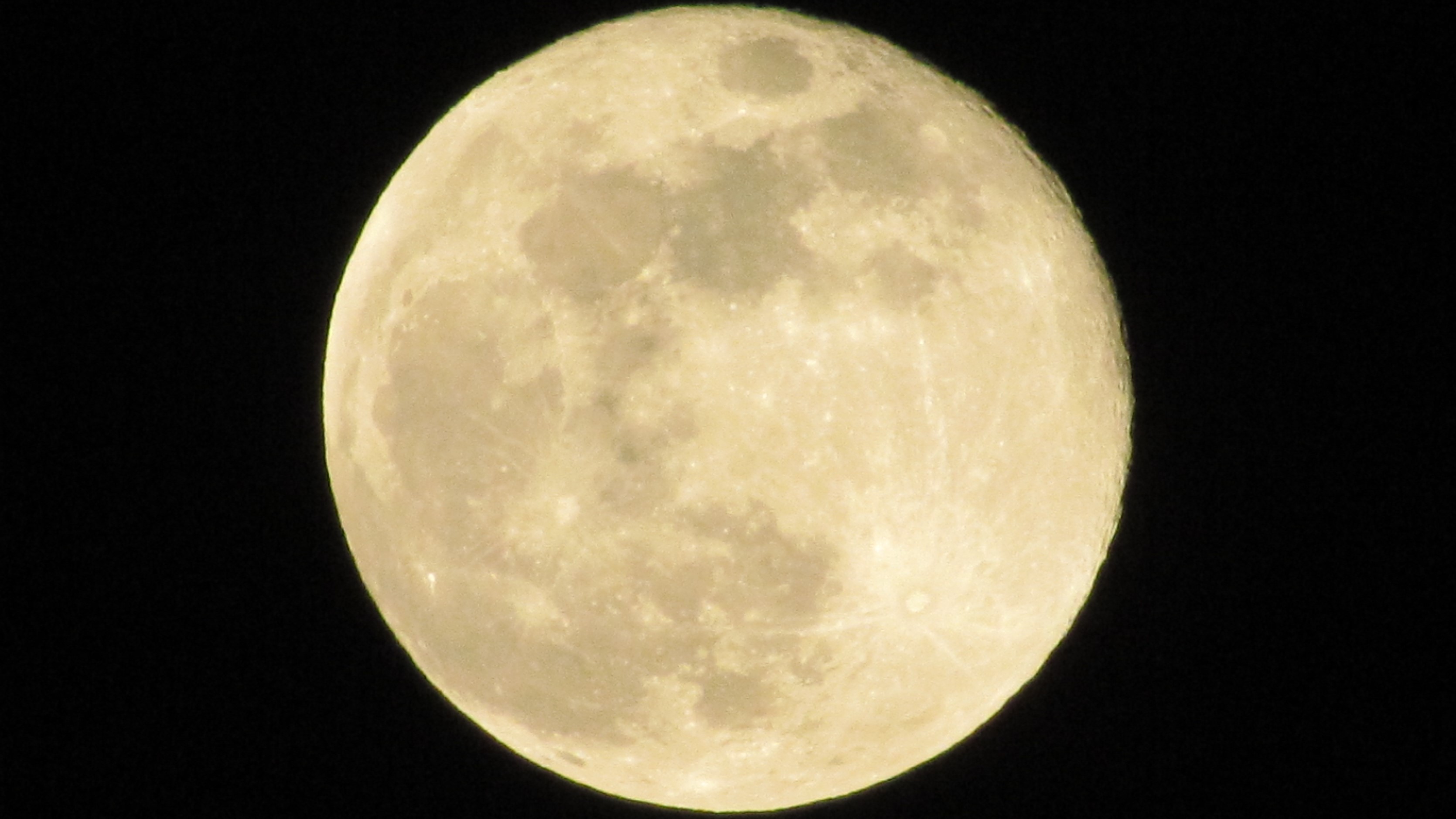
En la religión yoruba, la luna se le representa como Nana Burukú o Nanán Baruqué o Nana Baruke. Se le considera una energía femenina que simboliza la sustancia primordial del universo y de la luna. Cuando el mundo fue creado, ella estaba allí iluminando las noches, haciendo que éstas fuesen menos frías y tenebrosas, junto a Agayú, quien iluminaba el día. Su nombre significa nacimiento y luna. Cuida de sus hijos y de su creación.
In the Yoruba religion, the moon is depicted as Nana Burukú or Nanán Baruqué or Nana Baruke. It is considered a feminine energy that symbolizes the primordial substance of the universe and the moon. When the world was created, she was there illuminating the nights, making them less cold and scary, next to Agayú, who illuminated the day. Its name means birth and moon. It takes care of its children and its creation.
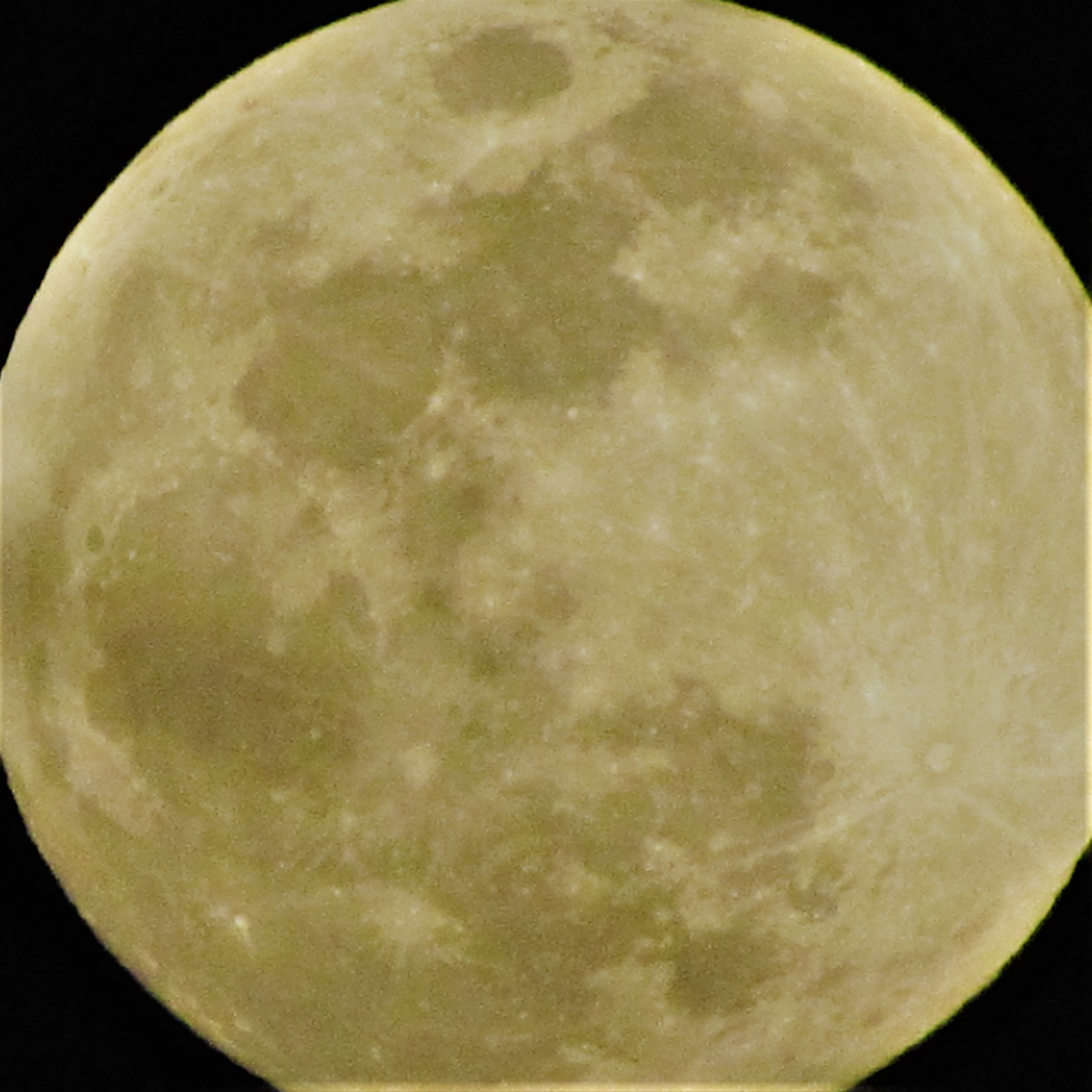
De igual forma, en América las tribus indígenas tenían sus dioses y les rendían cultos con la construcción de templos o santuarios, donde le ofrecían a la luna, entre otros, sacrificios animales y humanos. Se destaca para los aztecas, el dios Metzli que quiere decir luna. Coyotxauhqui, hermana del dios solar Huitzilopochtli. Para los mayas, la luna se representa como un hombre: El Popol Vuh, los gemelos que fueron transformados en sol y luna. En la mitología inca, Mama Quilla es la diosa luna... En toda América la lista es muy extensa; además existieron otras tribus que nombran a la luna, dependiendo de las estaciones, naturaleza, etc.
Similarly, in America the indigenous tribes had their gods and worshipped them with the construction of temples or shrines, where they offered to the moon, among others, animal and human sacrifices. It stands out for the Aztecs, the god Metzli who means moon. Coyotxauhqui, sister of the solar god Huitzilopochtli. For the Mayans, the moon is depicted as a man: The Popol Vuh, the twins that were transformed into sun and moon. In Inca mythology, Mama Quilla is the moon goddess... Throughout America the list is very extensive; in addition there were other tribes that name the moon, depending on the seasons, nature, etc.
INFLUENCIAS/INFLUENCES
_ Afecta las mareas, y según algunos expertos, cuando hay luna roja, los tiburones se vuelven más salvajes.
_ It affects the tides, and according to some experts, when there is a red moon, sharks become wilder.
_Afecta los estados de ánimo: Conocí una persona, esposo de una amiga, que cuando había luna llena, salía al balcón de su casa, se desnudaba y comenzaba a gritar - aunque no puedo certificar que era debido a la luna o a un real desequilibrio mental...
_La creencia de que es malo lavarse el cabello en luna llena porque éste se puede caer, o cortárselo en creciente para que crezca o en menguante para que abunde.
_There are those who depend on the lunar phase for their crops and crops.
_The belief that it is wrong to wash your hair on a full moon because it may fall, or cut it in crescent to grow or in waning to abound.
_There are those who become romantic and write poetry and songs to it, and there are those, like me, who go crazy, taking pictures of it .😁
Para concluir, particularmente creo que la luna, como el sol, forma parte necesaria de la vida, como el agua que tomamos. Recordando a mi admirado poeta y escritor libanés, Khalil Gibran K., la luna es como "el viento que mueve las hojas y ramas de un árbol sin que éste lo sepa" y, de la misma manera, somos parte de una fuerza "invisible" que nos mueve sin nosotros saberlo...
To conclude, I particularly believe that the moon, like the sun, is a necessary part of life, like the water we drink. Remembering my admired Lebanese poet and writer, Khalil Gibran K., the moon is like "the wind that moves the leaves and branches of a tree without its knowledge" and, in the same way, we are part of an "invisible" force that moves us without our knowledge...
.jpg)
Espero les haya gustado!❤
I hope you liked it!❤
Todas las fotos tomadas por mí
All the photos taken by me
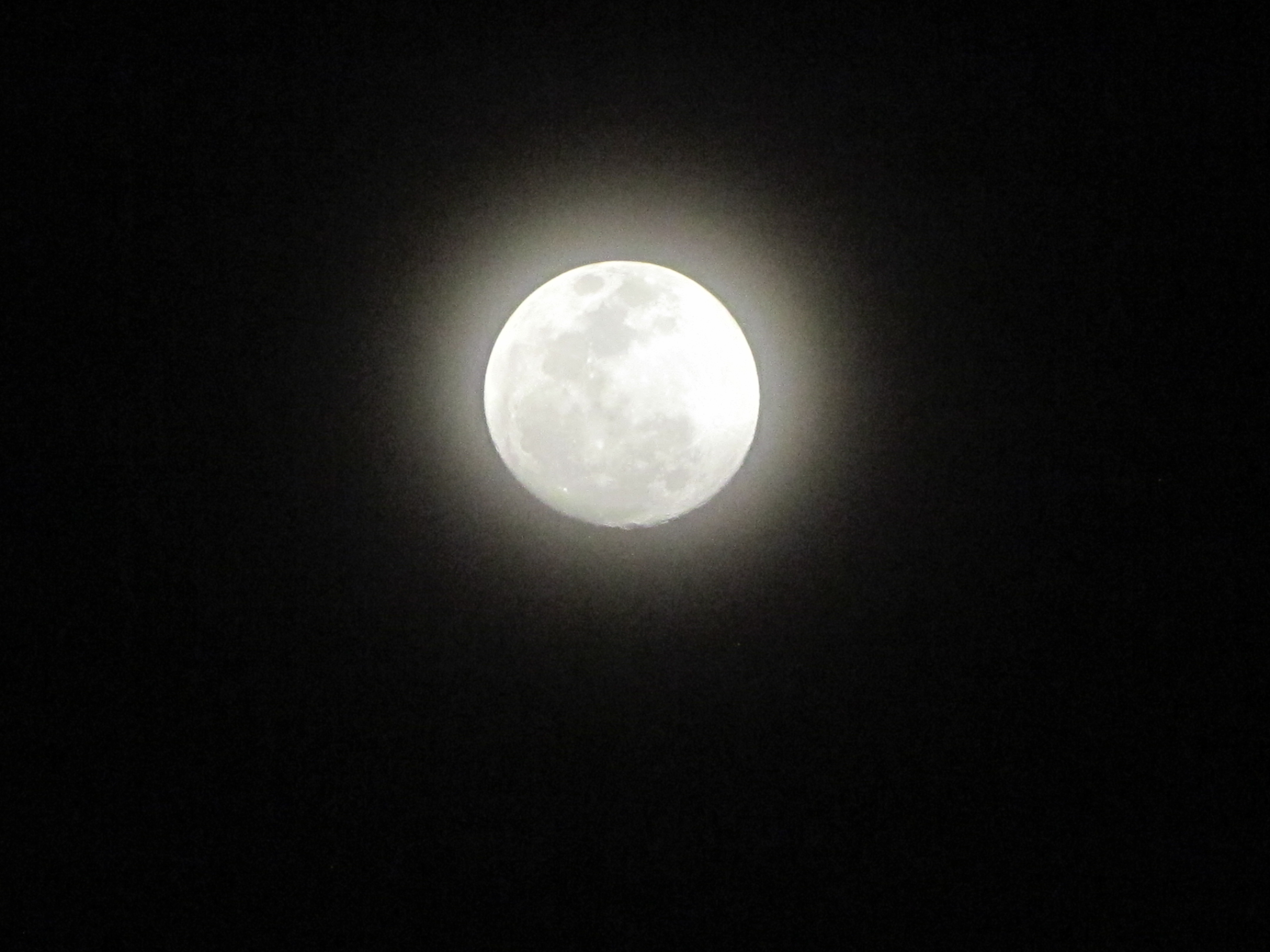
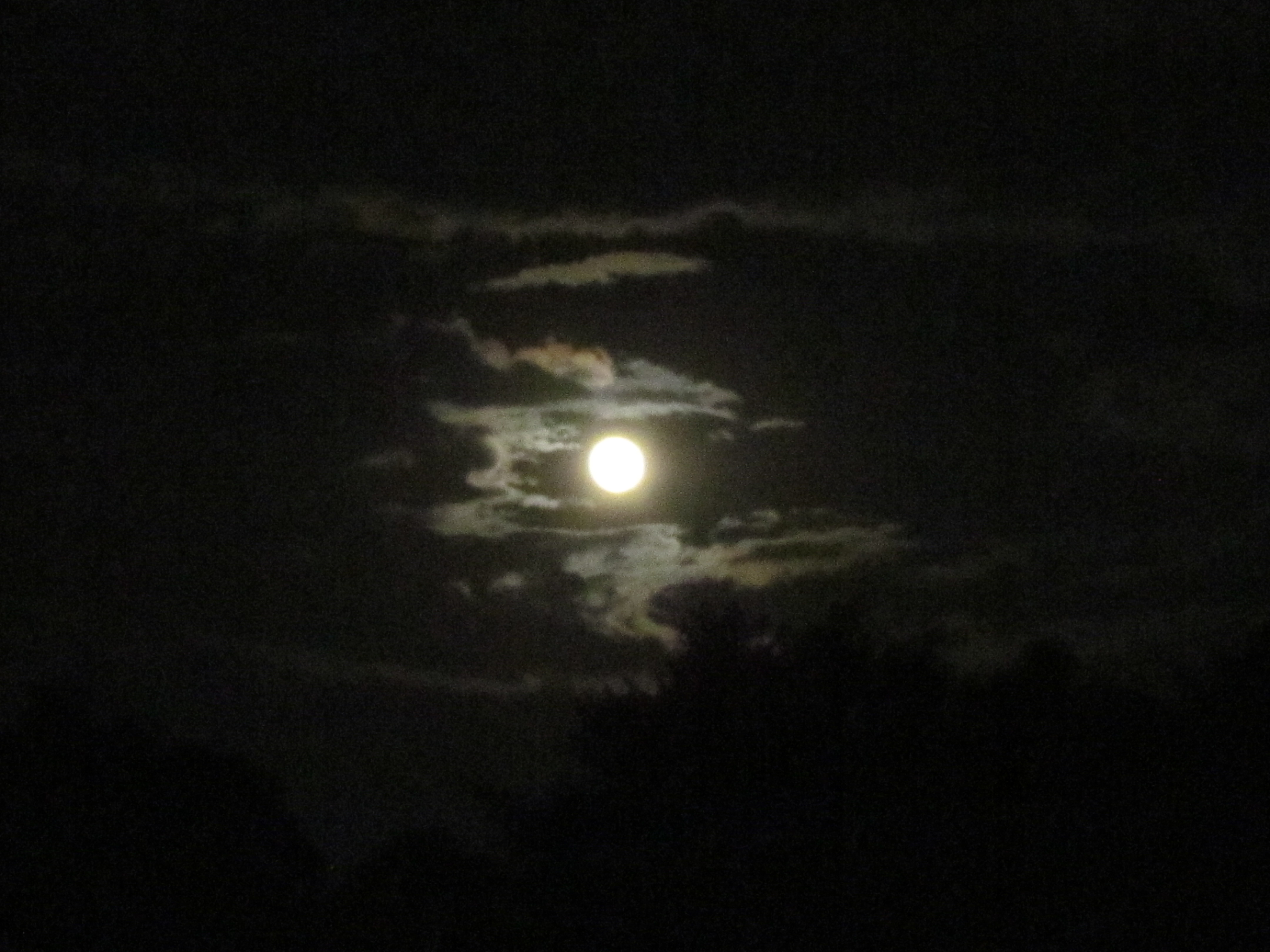
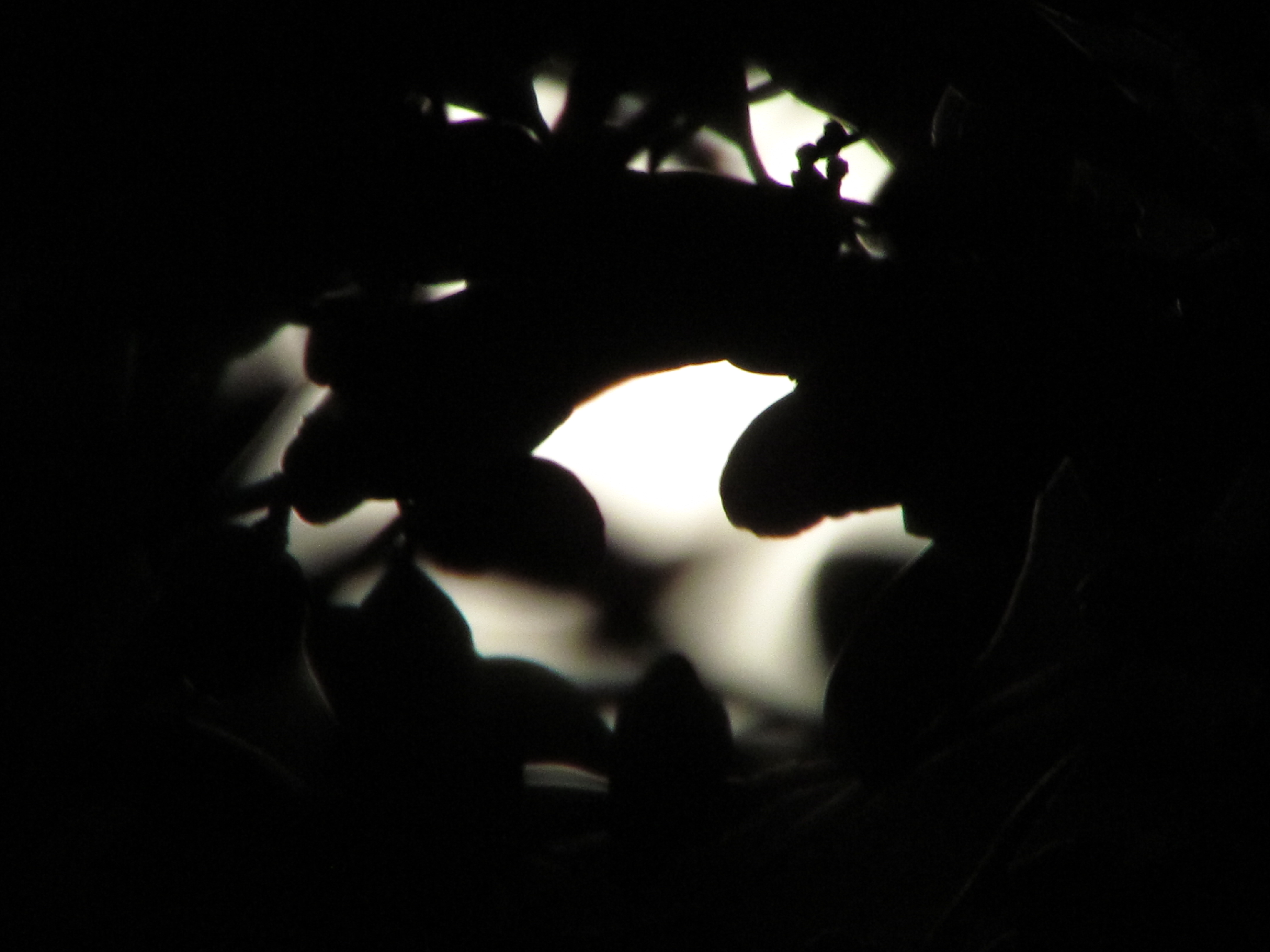
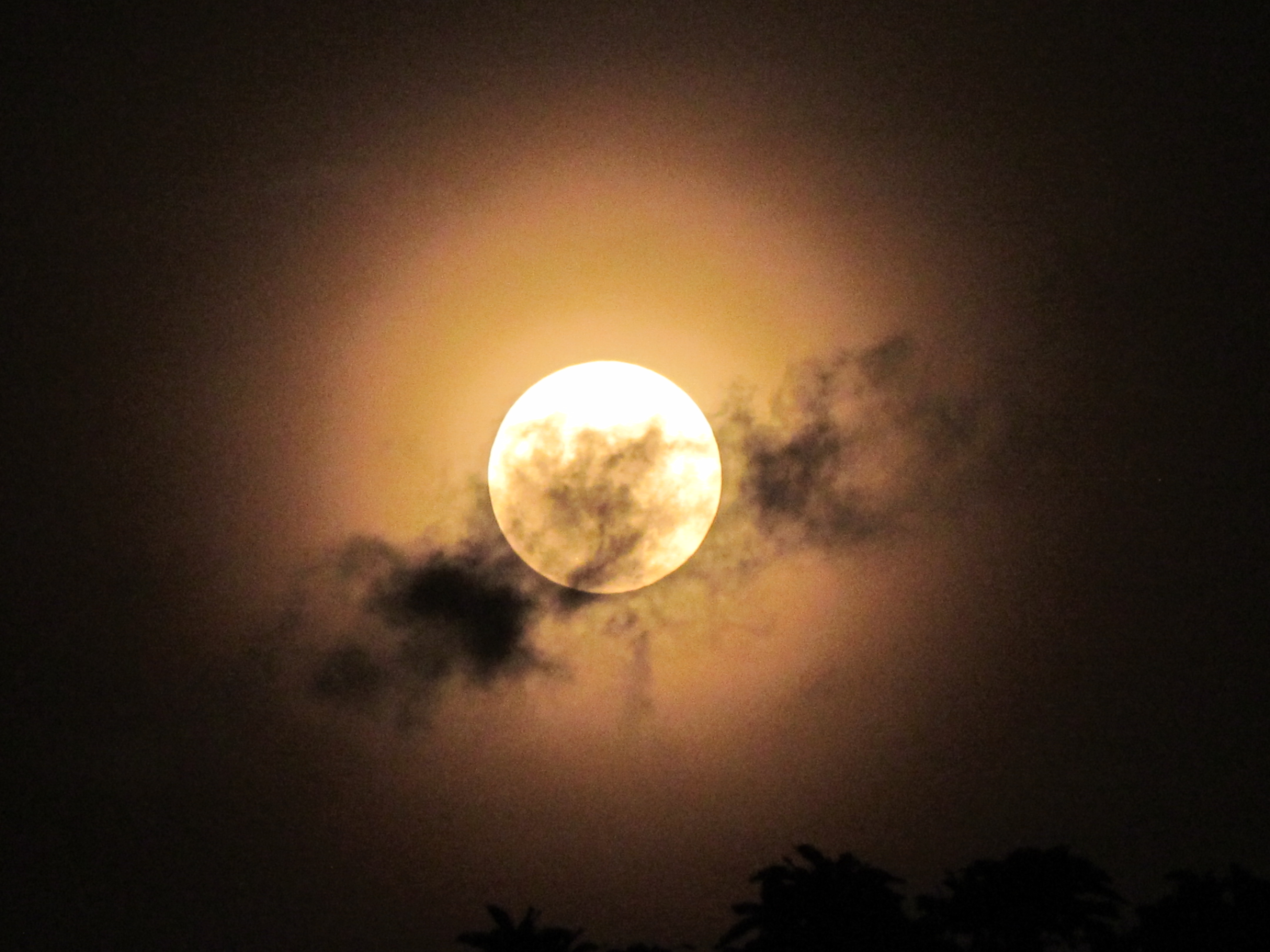
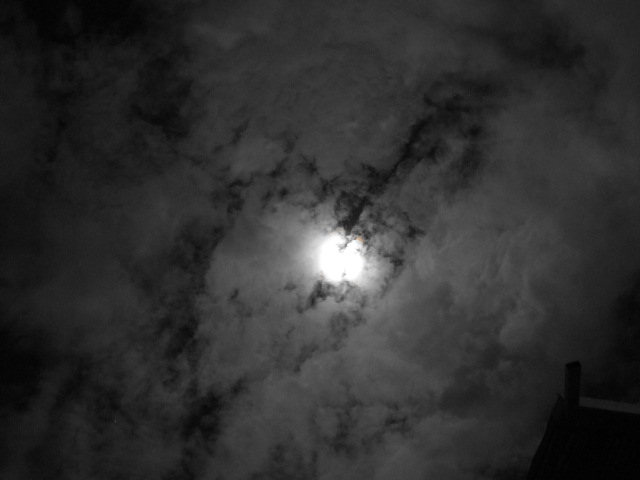
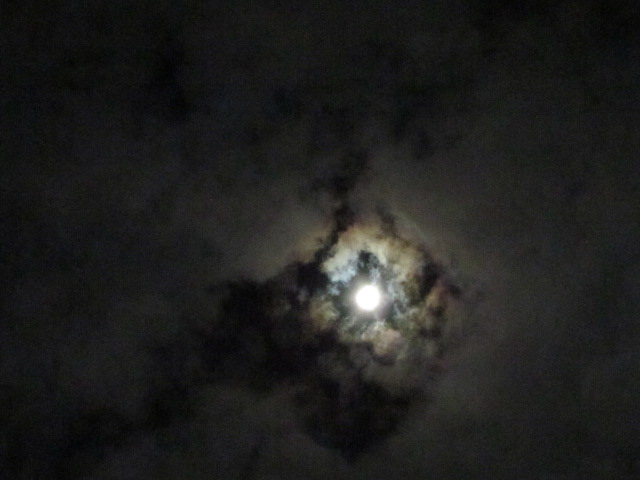
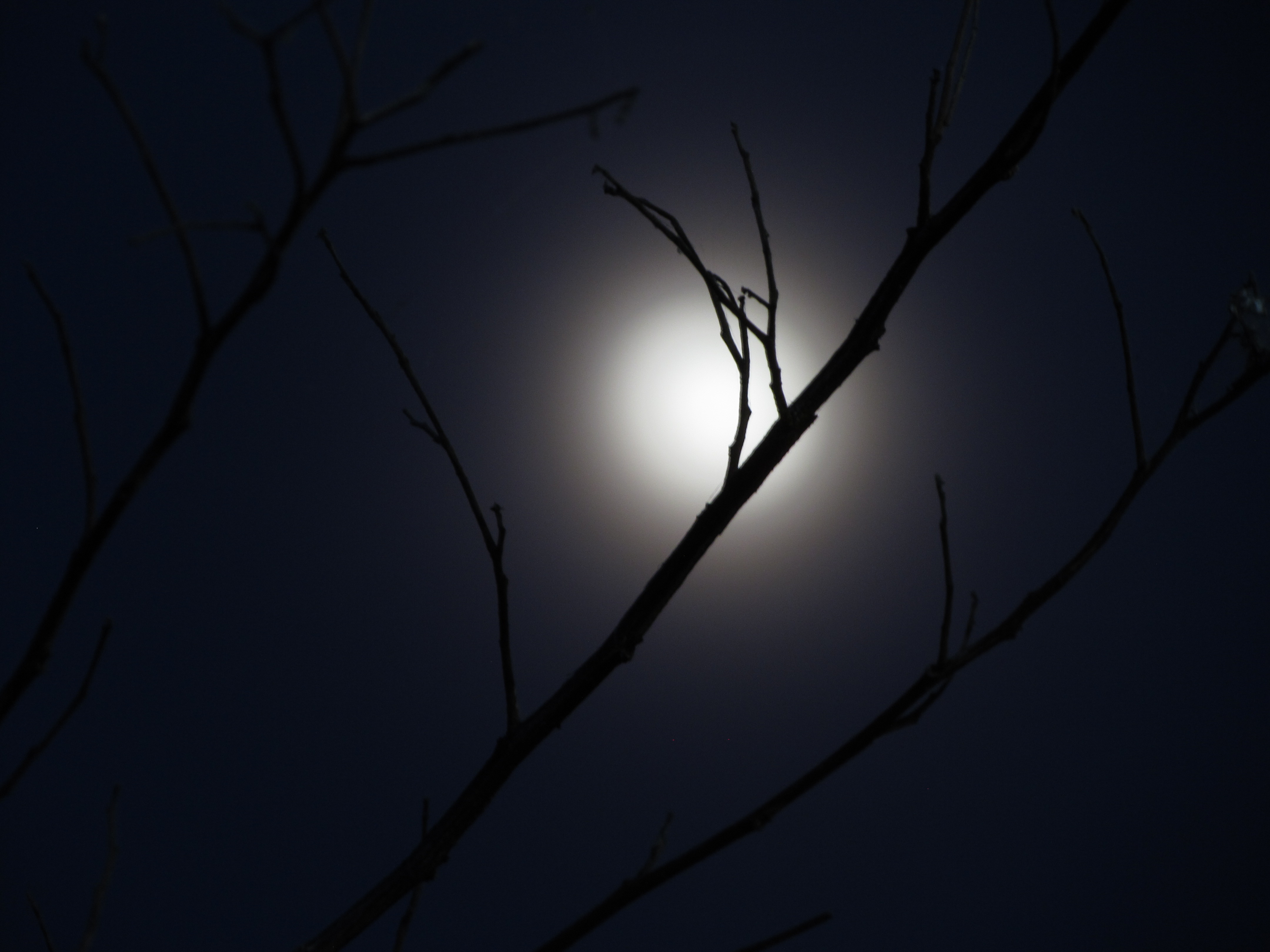
Gracias por compartir tu contenido con la comunidad de El Arca (@elarca), el mismo ha sido votado por nuestra iniciativa de curación artística @stellae. Si deseas puedes delegar HP al proyecto: Delegate 25 HP Delegate 50 HP Delegate 100 HP Delegate 250HP Delegate 500HP
Que post tan bueno e interesante! El misterio de la madre luna! Me encantó!!! Sobre todo éstas grandiosas imágenes, luna de nieve y azúcar!!
Excelente conocer todas esas creencias que han girado entorno a la luna
que fotos tan espectaculareeeeeees <3 me encanta este post
Gracias, querida
Maravilloso tu post!!!! Bendiciones!!
Gracias yeraisha!
Maravilloso tu post!!!! Bendiciones!!
Maravilloso tu post!!!! Bendiciones!!
Las fotos están maravillosas, Nanei. Me encantó el post.
Muchas gracias, soyaruska. Una de mis pasiones: la fotografía.
saludos! q genial post!!! excelente te quedó. por cierto, si gustas revisa esto q se que te pudiese gustar:
Interesante. Gracias, amigo!